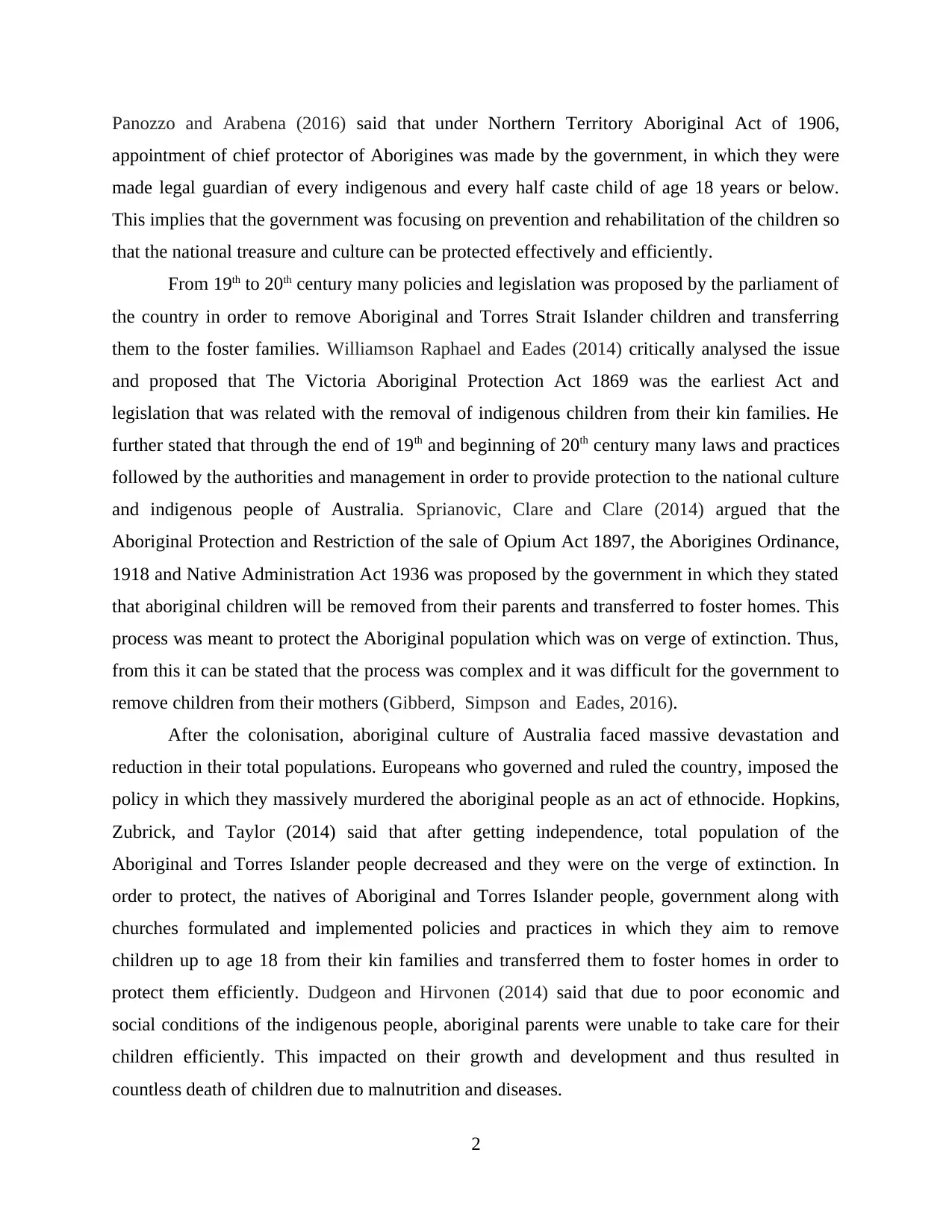This assignment delves into various aspects of indigenous health and justice in Australia. It covers topics such as suicide prevention programs (Ridani et al., 2015), the First 1000 Days initiative for indigenous families (Ritte et al., 2016), early intervention strategies in remote communities (Robinson et al., 2017), intimate partner violence among Aboriginal women (Spangaro et al., 2016), and the children's court system involving Aboriginal youth (Sprianovic et al., 2014). Additionally, it includes an analysis of the construct validity of assessment tools for Aboriginal children (Williamson et al., 2014) and the development of a culturally appropriate school-based intervention (Wagner et al., 2017). Furthermore, it examines online resources regarding children in care and the removal of Indigenous children to provide a comprehensive understanding of these issues.
![[object Object]](/_next/static/media/star-bottom.7253800d.svg)
![[object Object]](/_next/static/media/star-bottom.7253800d.svg)







